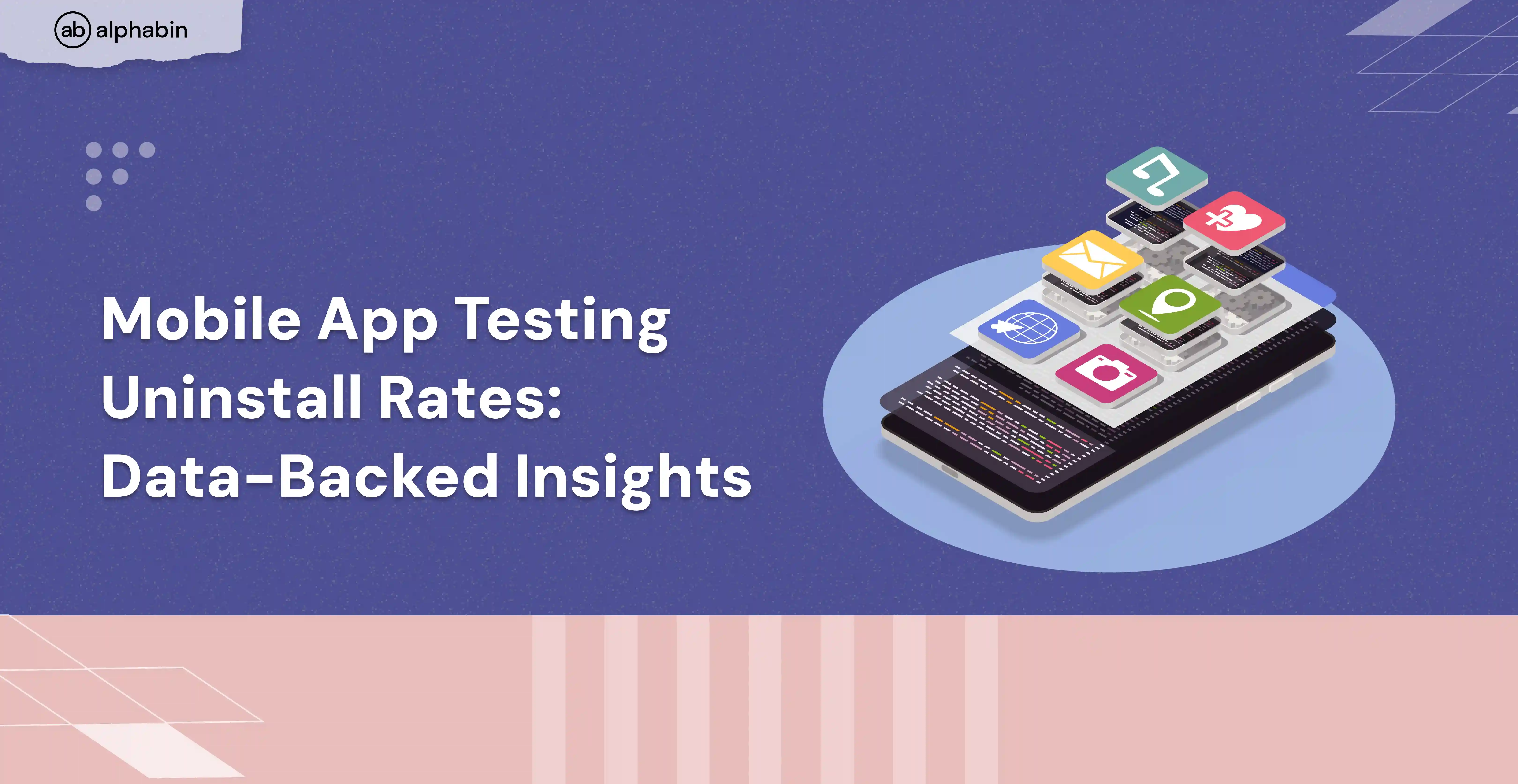With a projected compound annual growth rate of 13.7% from 2024 to 2030, the worldwide SaaS industry has experienced extremely rapid expansion, particularly in the wake of the pandemic. For essential operations, companies of all sizes depend on these cloud-based apps. However, this growth brings a crucial challenge: ensuring your SaaS product performs optimally for users scattered worldwide.
This article explores five crucial indicators created especially to assess how well your SaaS testing plan is performing. You can make sure that users all over the world receive a dependable and smooth experience from your SaaS app testing services by concentrating on these KPIs.
What is SaaS performance testing?
SaaS performance testing includes user scenario simulation to find and fix any possible performance problems that might affect the stability, scalability, and performance of the application.SaaS systems, in contrast to traditional on-premise applications, have particular difficulties because of factors like multi-tenancy, user dispersion across geographies, and data residency laws.
5 most important SaaS performance testing metrics
This is the main part of the blog. In this section we will explore five critical metrics that go beyond basic functionality testing to assess the true performance and resilience of your SaaS application. But before that, let’s understand the meaning of SaaS performance metrics.

SaaS performance metrics are quantifiable measures that provide insights into the effectiveness of your testing efforts. By tracking and analyzing these metrics, you can identify areas for improvement and confirm that your SaaS application runs smoothly for the expected number of users. Now let’s get on with the five key metrics.
Geographic load distribution
Unlike on-premise applications, SaaS users can be located anywhere in the world. Geographic load distribution testing ensures your SaaS application testing can handle user traffic originating from diverse locations with varying latency and internet speeds. Poor performance in geographically distant regions can lead to user frustration.
Geographic load distribution, as a metric, helps assess your application’s ability to handle traffic coming from various geographic regions.
Challenges in SaaS geographic load distribution
- Latency variations
- Network congestion in specific regions
- Internet infrastructure differences
- Regional speed variations
- Global user traffic patterns
Techniques for simulating realistic geographic load distribution scenarios.
For example, as testers, our objective would be to ensure that the SaaS application performs consistently for users across different geographical locations.
- Identify target regions
Analyze user data or conduct market research to identify your key user regions (e.g., North America, Europe, Asia, etc.). - Choose a load testing tool
Select a tool that allows simulating geographically distributed user traffic. Popular options include Locust, JMeter with plugins, or cloud-based solutions like LoadStorm. - Configure geographic distribution
Within your chosen tool, configure virtual users to originate from your target regions. Tools often offer pre-configured locations or allow custom coordinates. - Set realistic scenarios
Define user journeys (login, data access, core functionalities) and user volumes representative of each region. Consider peak usage times for each region. - Execute and Monitor
Run the load test with geographically distributed users. Monitor key metrics like response times, error rates, and resource utilization for each region. - Analyze the results
Identify regions with performance issues. Investigate factors like network latency or server infrastructure limitations. Suggest adjusting server configurations based on the findings.
Multi-tenancy performance isolation
Multi-tenancy is a core SaaS architecture concept where a single application instance serves multiple tenants, aka customers. It’s crucial to verify that each tenant’s data remains isolated from others.
Multi-tenancy performance isolation, as a metric, evaluates the effectiveness of isolation mechanisms between tenants. This ensures that the actions or resource usage of one tenant doesn’t impact the performance of another.
Unique considerations in SaaS multi-tenancy testing
- Impact of one tenant’s activity on others
- Test resource allocation
- Security boundaries
- Performance degradation
Best practices for optimizing multi-tenancy performance isolation
Here are the four best practices that will verify that the SaaS application effectively isolates tenant resources to prevent performance interference for multiple users.
- Concurrent tenant load
Simulate multiple tenants (e.g., 10–20) performing concurrent high-load activities. This can involve automated test scripts or distributed testing teams. - Resource consumption monitoring
Monitor resource usage (CPU, memory) for each tenant during the load test. Ensure fair allocation and identify any tenant causing performance issues for others. - Data access isolation testing
Create test cases specifically targeting data-isolation mechanisms. Simulate scenarios where one tenant attempts to access another’s data. Verify that proper access controls are in place. - Disaster recovery simulations
Introduce simulated failures or resource limitations within a specific tenant. Observe if this disrupts the performance or data integrity of other tenants. This test will verify the strength of isolation mechanisms.
Scalability testing coverage
A system is said to be scalable if it can accommodate growing user loads and data quantities without experiencing performance issues. The dynamic nature of SaaS systems necessitates great scalability.
Scalability testing coverage, as a metric, helps assess how comprehensively your testing strategy addresses potential scalability issues.
Unique challenges in SaaS scalability testing
- Predicting peak user loads
- Confirming the exact resource demands
- Infrastructure’s ability to scale up and down
- Attending dynamic real-time needs
The best strategies for maximum scalability testing coverage in SaaS environments.
Let’s look at various strategies QA engineers could apply to attain the maximum testing coverage in this dynamic SaaS environment.
- Define scaling triggers
Identify key metrics (e.g., concurrent users or CPU utilization) that trigger automatic scaling up or down of resources in your infrastructure. - Simulate user load increase
Gradually increase the number of virtual users in your load testing tool to represent a growing user base. Monitor for any performance degradation. - Horizontal scaling testing
If your infrastructure uses horizontal scaling (adding more servers), include tests that verify this process functions smoothly. Observe application behavior during scaling events. - Vertical scaling testing
For applications with vertical scaling capabilities (adding resources to existing servers), design tests that simulate resource constraints (e.g., limited CPU or memory). Verify that the application gracefully adapts to maintain performance. - Auto-scaling integration testing
If your chosen cloud platform offers auto-scaling features, integrate them with your load testing tools. This allows for dynamic scaling based on real-time load during the test. - Performance monitoring during scaling
Use performance monitoring tools to track key metrics like response times, resource usage, and error rates throughout the scaling test.
Data sovereignty compliance
Regulations related to data sovereignty in different jurisdictions require that user data be handled and maintained within specified geographic borders. This is particularly important for SaaS apps testing that cater to clients in regulated sectors.
Data sovereignty compliance testing, as a metric, helps assess adherence to data residency requirements defined by regulations.
Considerations in SaaS data sovereignty compliance testing
- Data storage location
- Processing workflows
- User access controls
- Immune to security breaches
How to incorporate data sovereignty into SaaS performance testing.
As QA engineers, it’s our duty to ensure that the SaaS application complies with data residency and sovereignty laws. The following are some pointers to incorporating data sovereignty into SaaS-based application testing:
- Identify data residency requirements
Research and understand the data residency regulations applicable to your target regions. This might involve consulting legal counsel or industry experts. - Data location testing
Integrate data access tracing tools into your testing process. These tools can reveal the physical location where user data is stored and processed during various application functionalities. - Access control testing
Design test cases to verify that user access to data adheres to defined permissions and geographical restrictions. This might involve simulating access attempts from unauthorized locations. - Disaster recovery
Include data residency considerations in your disaster recovery and backup testing plans. Verify that data backups comply with relevant regulations and are stored within the designated geographic boundaries. - Documentation and Reporting
Maintain meticulous documentation of your data sovereignty testing procedures and results. This demonstrates compliance efforts by auditors and regulatory authorities.
API performance stability
SaaS application heavily rely on APIs to exchange data and functionalities with various internal and external services. Unstable API performance can have a domino effect, cascading into slow loading times and data inconsistencies.
API performance stability, as a metric, measures the consistency and reliability of your APIs under varying load conditions. To verify the APIs deliver consistent performance across different scenarios, it focuses on metrics like response times and uptime.
Challenges in SaaS API performance testing
- Complexity of API interactions
- Limited control over external APIs
- Dynamic user behavior
- Dynamic dataset
Strategies for API performance stability in SaaS testing
Here’s how you can incorporate API performance stability into your SaaS testing strategy for verification of your API's health and strength.
- Identify critical APIs
Prioritize APIs that are most critical to core user functionalities and overall application performance. Focus testing efforts on these high-impact APIs. - Choose requirement-specific tool
Select a tool that allows for API-centric load generation. Popular options include JMeter with API testing plugins, K6, or cloud-based solutions like LoadStorm. - Develop API load scenarios
Design test scenarios that simulate realistic user load on your target APIs. Consider common user journeys and peak usage times. Use API mocking tools for external APIs. - Monitor KPIs
During the load test, monitor key metrics like API response times, error times, and resource usage on your API servers. - Integrate alerts with notification systems
Configure your monitoring tool to send notifications (e.g., email, Slack) to relevant teams (development, operations). This enables quick identification and resolution of potential issues.
Conclusion
The digital world is evolving at the speed of light, and SaaS is one of the reasons for this quick evolution. To keep up with the SaaS testing industry, we explored five key metrics that go beyond basic testing. These metrics—Geographic load distribution, Multi-tenancy performance isolation, Scalability testing coverage, data sovereignty, and API performance scalability—provide valuable insights into the real-world performance of your SaaS product.
The specific metrics you prioritize will depend on your unique user base, functionalities, and requirements. However, by integrating these metrics into your testing strategy, you can confirm that your SaaS product delivers a smooth, reliable, and secure experience for users across the globe.
Just as technology is evolving, so are our saas testing methodologies and toolsets. Contact Alphabin today to discuss your QA requirements and gain insightful knowledge for your product.



.svg)









